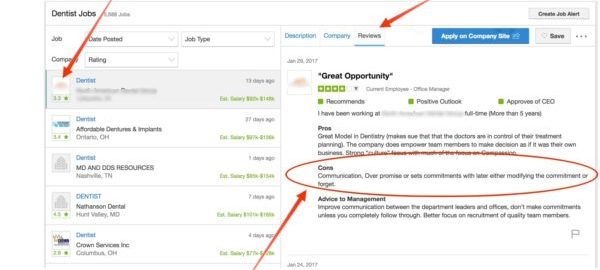Have you ever accidentally discovered an amazingly talented employee? Someone who you thought you’d just hired to cover a simple task, or maybe interviewed just because they were one of the few that applied, and then discovered that they had talents far beyond what you’d imagined?
It doesn’t happen that often, and maybe it’s never happened to you. But when it does, it’s like striking gold. Especially these days, when hiring is incredibly tough.
The thing is, it’s actually possible to find more employees like these. You may, in fact, be missing them all the time.
Here is a proven hiring process to help you find and hire them.
How to Inject Gold into Your Hiring Process
Have you ever seen someone pan for gold?
I live in Montana, so I’ve had that pleasure. Typically, you start with a whole bunch of rock, and then continually filter it through screens to find just a couple bits of gold. This is a good metaphor for finding great employees. First, you’ve got to get a whole bunch of raw material, or applicants.
Don’t worry, I’m going to show you how to screen them efficiently. But for now, we’ll look at how to get this raw material.
One easy way to do this is to write a better job posting. If you click around on the sites where companies post jobs, you’ll see that they’re often just posting their internal job listings, which consist of bullet pointed lists of qualifications and duties.
There’s nothing in them that’s meant to attract or excite someone into applying.
But if you write a great job posting, one that really stands out because it speaks directly to what your ideal hires want from the job, you’ll not only get people to read them, but share them as well.
Start by doing some research.
Go to Glassdoor and read reviews of other companies that hire for this position to see what their employees list as cons of working there. Do this by searching for the job on Glassdoor with the location blank, then clicking a company and “Reviews.” See screenshot below.

Now see if you can turn any of these cons into pros of working for your company. For example, if everyone is complaining about not having opportunities for advancement, and your company has promoted lots of people from within, be sure to mention that in the post.
Now talk to your employees and ask them what the best things are about working at your company. Get their perspective on the location – is there something about it that they love, like the local schools, recreation opportunities or affordability? What do they like about their coworkers, equipment and workspace?
Take this info, along with those cons you transformed into pros, and turn that into your job posting. Keep qualifications and requirements down to the absolutely essential. If you need some inspiration, you can see my template for writing the ad itself here.
Now you’ve got a job posting that will get some attention. The next step is sifting through them to find the gold.
How to Screen for the Great Ones
The idea of writing a job posting that attracts a lot more applicants is probably scary for those of you who have dealt with a firehose of unqualified, unmotivated candidates.
That’s where this step comes in.
After each candidate applies, send them an email immediately asking them to answer about 5 job-related questions. The questions should pertain specifically to how they’d handle typical job tasks, should require them to think, and take around 20 minutes to answer.
The really unmotivated candidates won’t even respond. What you’re looking for though are the ones who went above and beyond, and really showed thought and effort in their answers.
Notice that we haven’t looked at resumes yet. When you get some people that really put effort into their answers, you’ll want to glance at their resumes, but don’t put too much weight on them. We’re looking to strike gold, right? You can expect that their resumes might not reveal how good of candidates they are.
Next thing you’ll want to do is a longer test with the people that did well on the first those questions. Ideally this test will take a full day, and will require them to do the actual work they’d be doing day-to-day on the job.
For this, you’ll need to pay them. Great candidates won’t want to give away their time for free, and it’s also the right thing to do when you’re asking for a day’s work.
Once you’ve gone through this stage, you’ll have seen how much effort the candidate was willing to go to for the job, and what their actual work is like. No amount of resume polishing or slick interviewing can substitute for that.
Most importantly though, you’ll have a much better chance at finding solid gold candidates who are good at their job, not just great at interviewing and writing resumes.
Business & Finance Articles on Business 2 Community(76)






